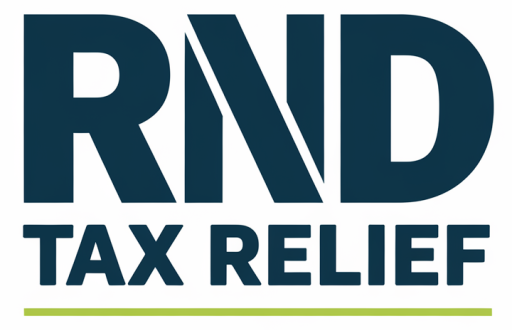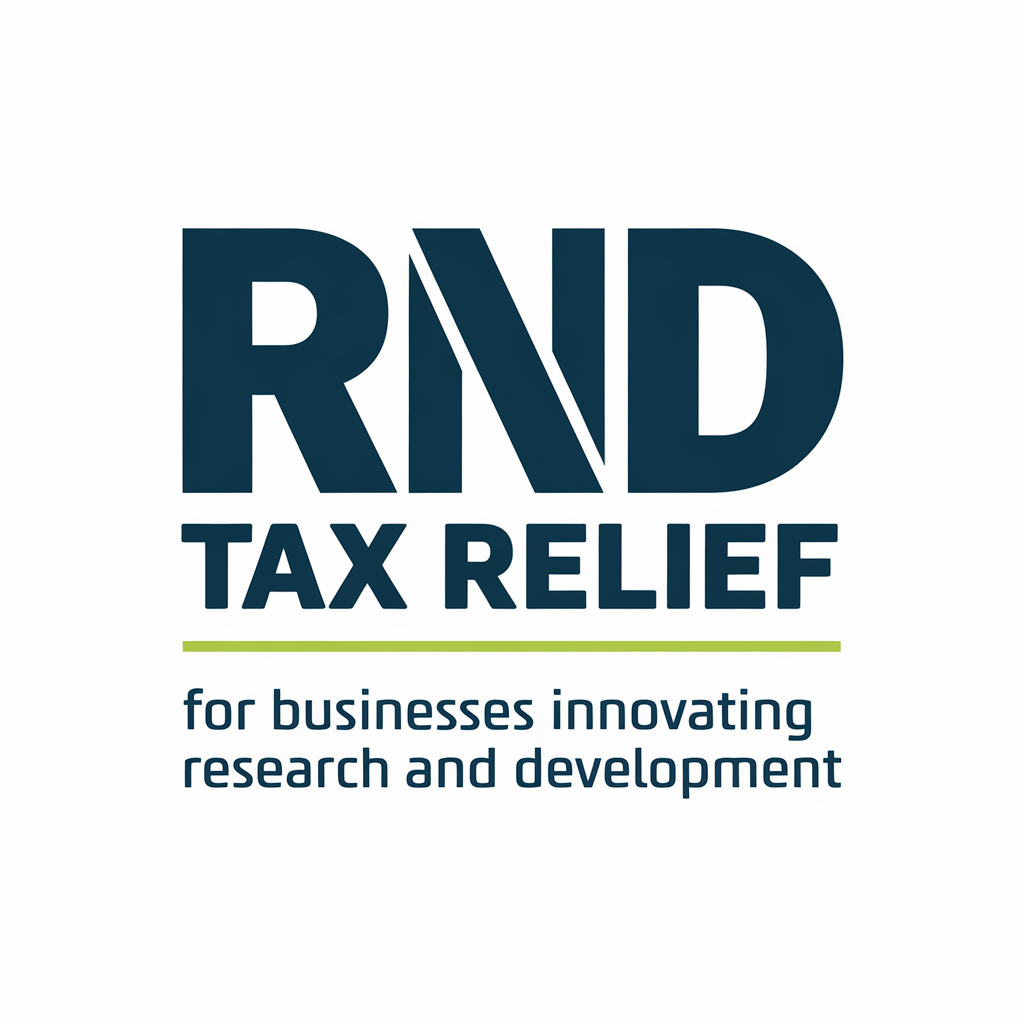R&D Tax Credits for Healthcare Innovation in the UK (2025 Guide)
If your business is developing new healthcare products, devices, or technologies, R&D tax credits could help you recover a significant portion of your costs. These government-backed incentives are designed to reward companies working on scientific or technological improvements and the healthcare sector is one of the most active areas for innovation.
Whether you’re a biotech startup, a digital health platform, or a private provider developing smart devices, you may be eligible for valuable tax relief in 2025.
Here’s everything you need to know.
What Are R&D Tax Credits in Healthcare?
R&D (Research and Development) tax credits are a form of financial support offered by the UK government to businesses investing in innovation. The aim is to encourage companies to take on risk, develop new solutions, and improve technologies that benefit society especially in sectors like healthcare, where innovation can literally save lives.
From 2024, the UK has introduced a merged R&D tax relief scheme, replacing the older SME and RDEC schemes. Healthcare businesses can now claim up to 20% of eligible R&D spending — which often results in a 15% net saving after tax for profitable companies. For loss-making firms, a cash credit may be available.
What Counts as R&D in Healthcare?
In healthcare, R&D can cover a wide range of projects. The key factor is that your work involves technical or scientific uncertainty meaning you’re trying to make an improvement or create something new, and it’s not clear from the start how to do it (or even if it’s possible).
Some examples of qualifying work include:
- Designing new diagnostic tools or medical devices
- Improving how patient data is captured, analysed, or shared
- Developing smarter health apps or AI software
- Conducting early-stage clinical trials
- Tackling technical challenges in wearable health tech
Your project doesn’t have to succeed to qualify. It just needs to aim for an advance and involve overcoming genuine technical challenges.
Who Can Claim R&D Tax Relief in the Healthcare Sector?
If your organisation is UK based and pays Corporation Tax, you may be eligible.
This includes:
- Private healthcare providers
- Healthtech and medtech companies
- Digital health start-ups
- NHS suppliers
- Biotech and pharmaceutical businesses
Even if you’re a small company or a new business, you can still claim as long as you’re taking on the financial risk of the R&D.
Can Charities or Universities Claim?
Charities and universities generally don’t qualify because they don’t pay Corporation Tax. However, if they have subsidiary trading companies, those may be eligible. Joint ventures with eligible partners can also potentially qualify for relief.
Examples of Eligible Healthcare R&D Projects
Developing Diagnostic Devices
A business designing a portable blood analysis tool may qualify if it involves new technology or technical hurdles, such as miniaturisation or sensor accuracy.
Clinical Trials and Drug Development
Pharmaceutical firms often claim relief on costs associated with early-stage clinical trials, especially when there’s uncertainty around outcomes, protocols, or patient responses.
AI-Powered Health Software
Start-ups building AI models to detect diseases or predict health outcomes from scans or data may qualify particularly if developing their own algorithms or integrating new systems.
Telehealth Platforms and Wearables
Projects working on remote patient monitoring, wearable heart rate trackers, or real-time health alerts can qualify especially if there are software development or connectivity challenges.
How to Claim R&D Tax Credits in 2025
1. Identify Your R&D Projects
Start by reviewing your development activities to see which ones meet HMRC’s definition of R&D. Focus on technical or scientific challenges that weren’t easy to solve and involved uncertainty.
2. Break Down the Costs
R&D claims can include a wide range of eligible costs:
- Staff salaries, employer NICs, and pensions
- Software and cloud hosting
- Raw materials and lab consumables
- Payments to clinical trial participants
- Contractor or freelancer fees
3. Complete the Additional Information Form (AIF)
From April 2025, all claims must include the new Additional Information Form. This asks for:
- Project descriptions
- Technical challenges tackled
- Advance sought
- How costs were calculated
Make sure this form is accurate it’s a key requirement for your claim to be valid.
4. File Your CT600 Tax Return
Submit your company’s Corporation Tax Return (CT600) and include the R&D claim figures. The numbers must match the AIF, and the claim should be made within two years of the end of the accounting period.
5. Be Ready for HMRC Checks
HMRC is now scrutinising R&D claims more closely. You’ll need to keep good records — like project notes, timesheets, emails, and cost summaries — in case your claim is selected for review.
What Costs Can Be Included?
HMRC accepts several types of R&D-related costs:
- Staffing – including NIC, pensions, and support roles
- Consumables – such as lab kits, testing materials, or electronics
- Software & Cloud – used directly in the development process
- Subcontractors & Freelancers – where relevant to R&D work
- Trial Participants – incentives or reimbursements for volunteers
Make sure you only include costs that directly relate to eligible R&D activity.
Understanding the 2025 Merged Scheme
From April 2024, the SME and RDEC schemes have been merged into a single R&D tax relief programme.
Key points:
- Profit-making firms: up to 15% net benefit after tax
- Loss-making firms: cash credit available (subject to a cap)
- Subcontractor rules: Stricter definitions on what qualifies
- AIF mandatory: No claim accepted without it
- Data-driven innovation: Increasing relevance in HMRC guidance
Companies using data, cloud software, or AI are increasingly being recognised as R&D-intensive — which may improve eligibility in 2025.
Common Questions About Healthcare R&D Claims
What kind of healthcare projects qualify as R&D? Any project aiming to make a scientific or technical improvement where there’s uncertainty. This includes drug trials, app development, and new medical devices.
Can NHS suppliers claim? Yes — if they’re limited companies and are funding the R&D themselves.
Are early-stage clinical trials eligible? Absolutely. These trials often involve complex technical planning, regulatory hurdles, and data challenges.
What paperwork is needed in 2025? The Additional Information Form (AIF) is now essential, along with detailed project notes and cost records.
When’s the deadline to claim? You must submit your claim within two years of the end of your company’s accounting period in which the R&D spending occurred.
Why R&D Tax Relief Matters in UK Healthcar
Innovating in healthcare is tough. It takes time, resources, and courage to develop new treatments, devices, and software that can genuinely improve lives. R&D tax credits give businesses breathing space to continue investing in solutions that matter.
They reduce the financial burden, improve cash flow, and make it easier to hire skilled staff or invest in trials. For startups, it could be the difference between stalling and scaling. For established businesses, it strengthens long-term growth.
Ready to Claim R&D Tax Credits for Your Healthcare Innovation?
Whether you’re building smarter health software, testing a new drug, or developing wearable medical tech, R&D tax relief could give your business a meaningful financial boost in 2025.
Get free support from our R&D tax relief team Fill out our contact form to book your consultation
Let’s help you claim back what you deserve and put your innovation budget to better use.




![Accounting Treatment for R&D Tax Relief: Expert UK Guide [2025] 5 Accounting Treatment for R&D Tax Relief](https://rndtaxrelief.co.uk/wp-content/uploads/2025/04/Accounting-Treatment-for-RD-Tax-Relief-768x432.webp)

